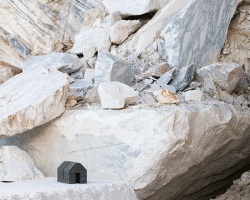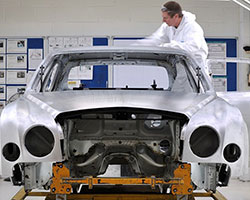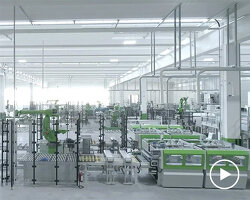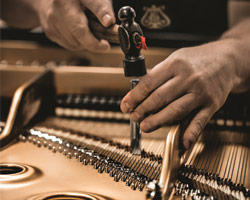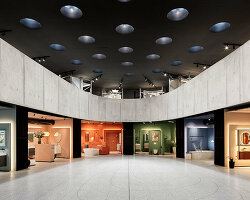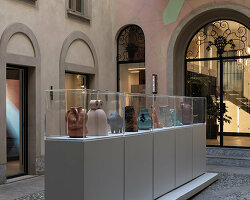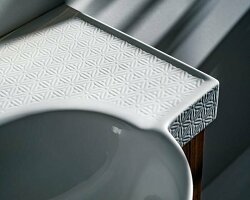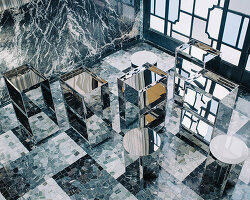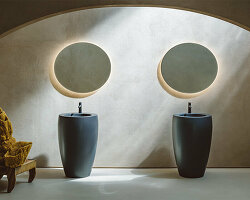KEEP UP WITH OUR DAILY AND WEEKLY NEWSLETTERS
happening this week! pedrali returns to orgatec 2024 in cologne, presenting versatile and flexible furnishing solutions designed for modern workplaces.
PRODUCT LIBRARY
by upcycling mass-produced furniture, YET architecture and BDM architects blurs the lines between standardization and personalization.
yamaha design laboratory's concept project upcycles rare woods originally intended for marimba tone bars and pianos.
find out more about this year's maison&objet, as well as the must-see exhibitions, and cultural events in the run-up to paris design week 2024.
connections: 9
discover the magic behind ressence’s TYPE 3 BB2 watch - a mechanical marvel that looks like it is powered by LEDs but is purely crafted with hundreds of intricate pieces.
connections: +390
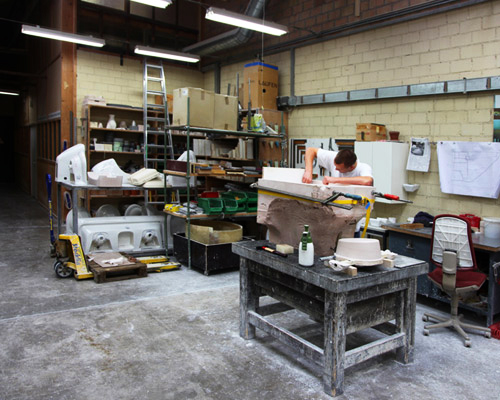
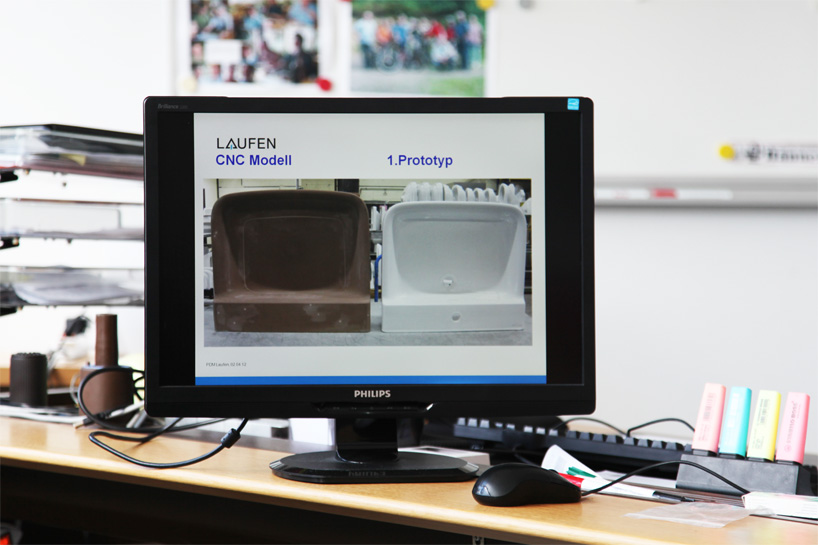 the design development team works from first ideas stage, through design selection, mold-making, prototype analysis and reworkingimage © designboom
the design development team works from first ideas stage, through design selection, mold-making, prototype analysis and reworkingimage © designboom 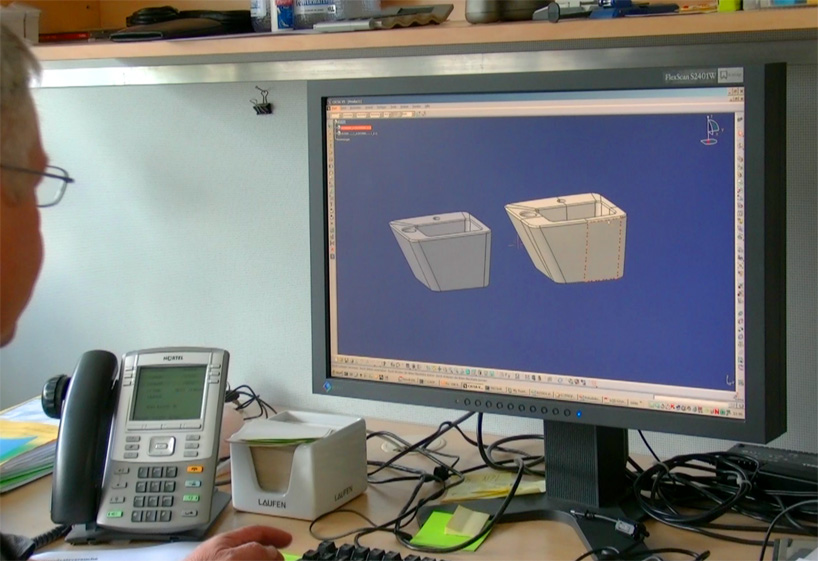 this design engineer is simultaneously viewing the dimensions of a piece pre- and post- firing in the kilnimage © designboom
this design engineer is simultaneously viewing the dimensions of a piece pre- and post- firing in the kilnimage © designboom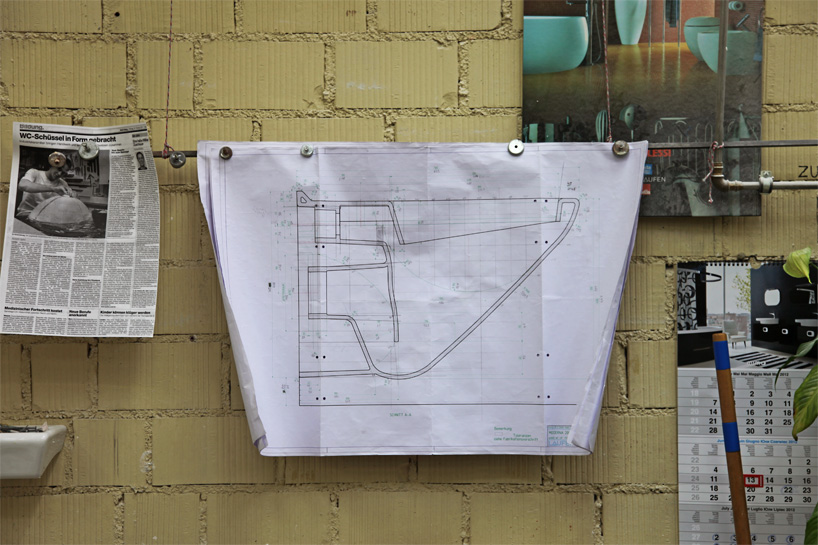 finalized designs become technical diagrams that workers use as they measure and optimize early run prototype modelsimage © designboom
finalized designs become technical diagrams that workers use as they measure and optimize early run prototype modelsimage © designboom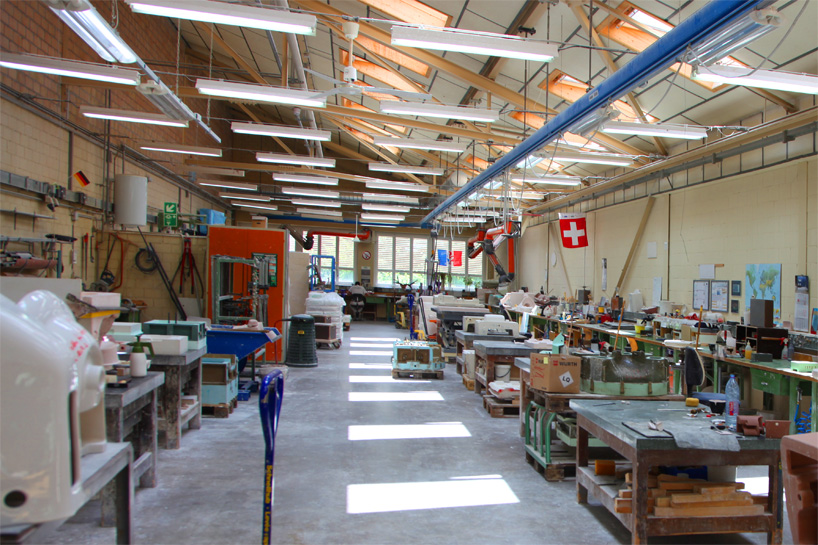 the design and development workroomimage © designboom
the design and development workroomimage © designboom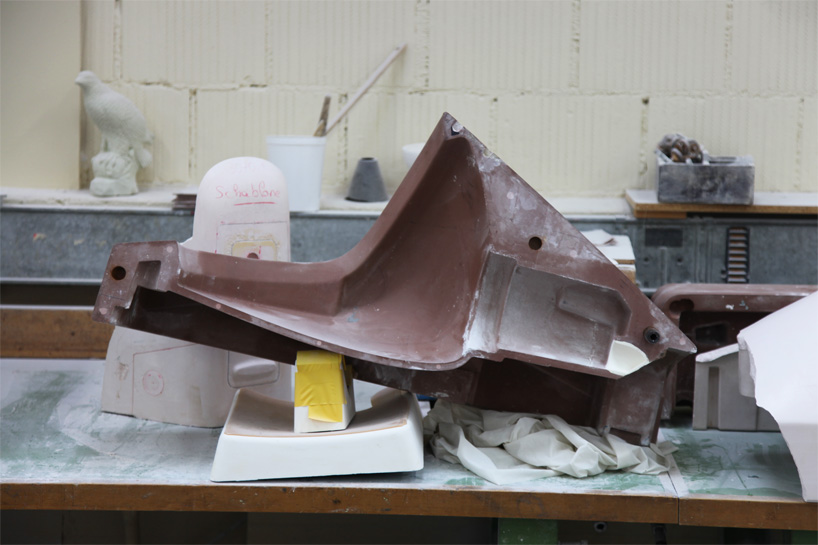 profile view of one piece of a mold, with engineering notes marked on the plaster cast visible behind itimage © designboom
profile view of one piece of a mold, with engineering notes marked on the plaster cast visible behind itimage © designboom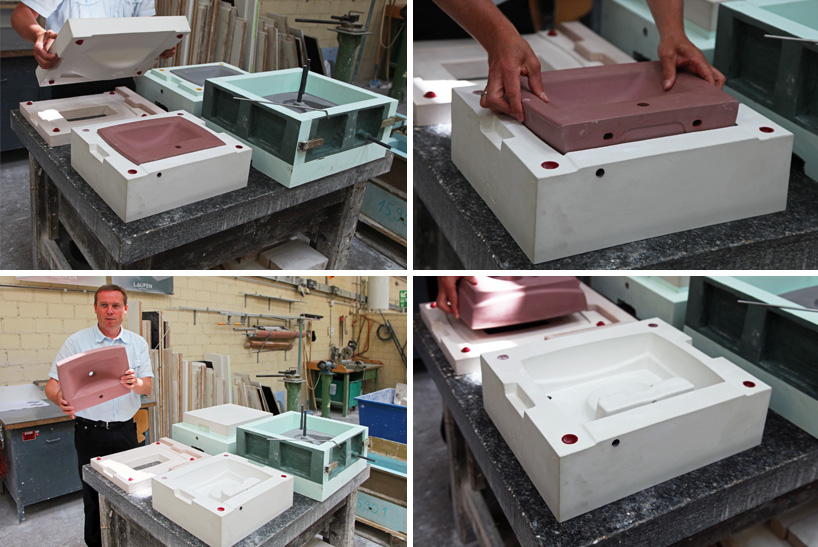 the first one-off edition of this small basin (reddish colour) is used by LAUFEN to generate the plaster ‘model mold’ shown aboveimages © designboom
the first one-off edition of this small basin (reddish colour) is used by LAUFEN to generate the plaster ‘model mold’ shown aboveimages © designboom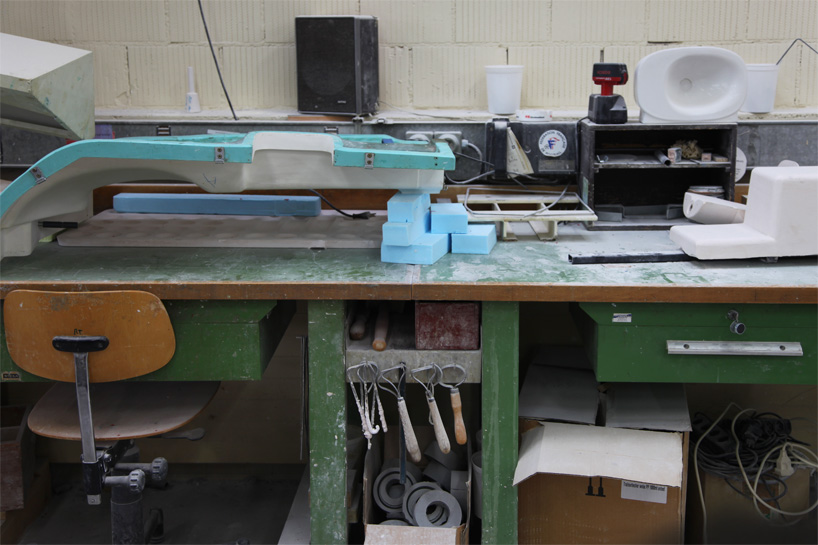 workstations along the edges of the room provide space for workers to carefully measure and work with early modelsimage © designboom
workstations along the edges of the room provide space for workers to carefully measure and work with early modelsimage © designboom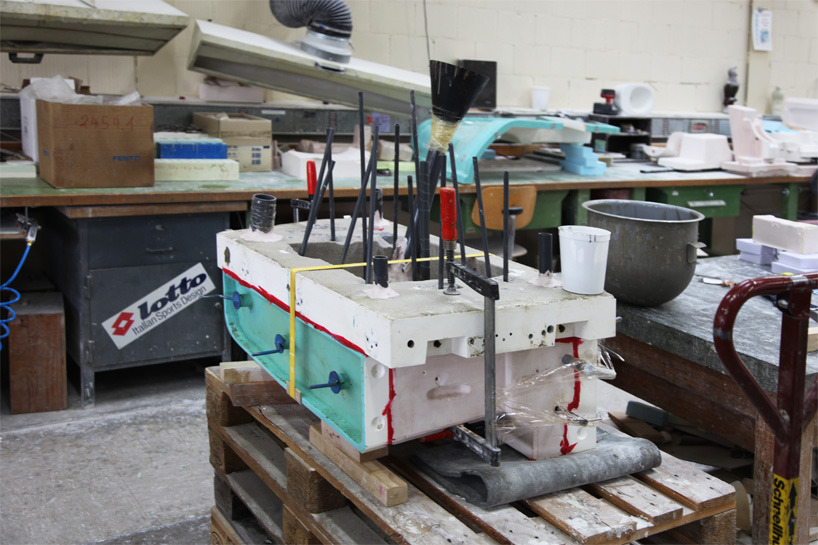 image © designboom
image © designboom 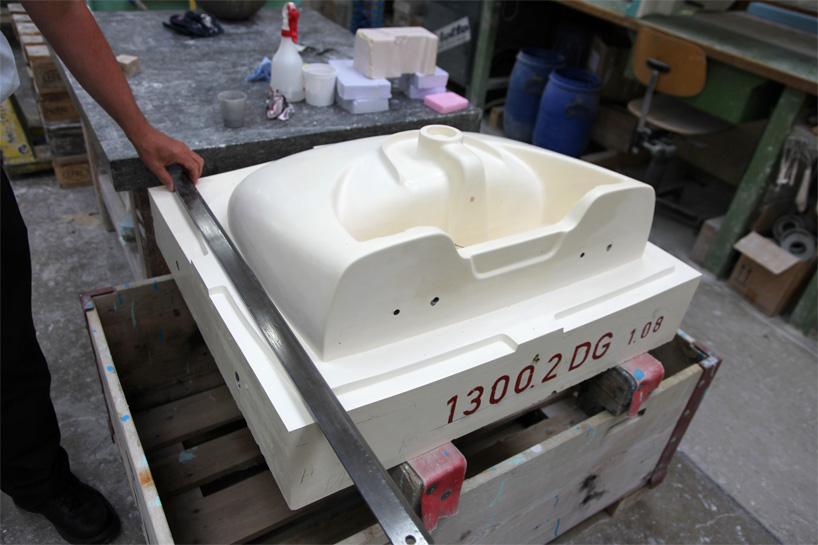 craftsmen must measure carefully to make sure that prototype casts represent the precise dimensions and forms specified image © designboom
craftsmen must measure carefully to make sure that prototype casts represent the precise dimensions and forms specified image © designboom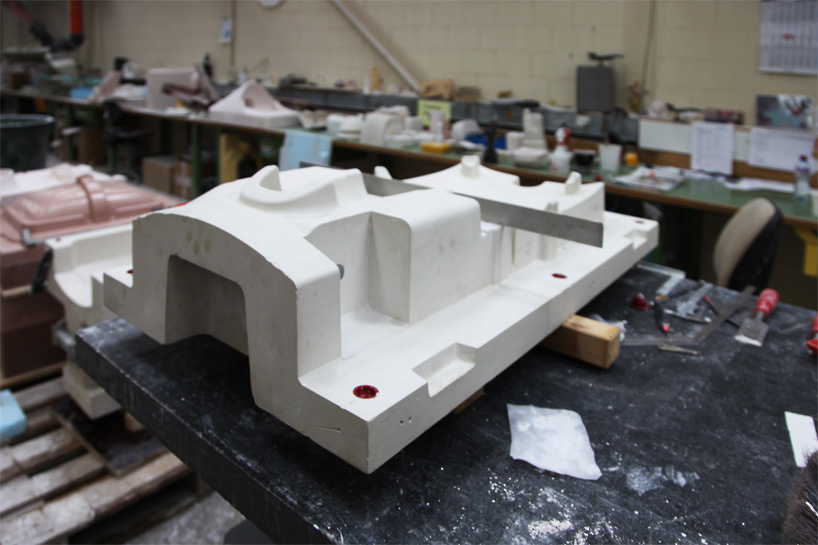 additional view of workspace as a piece is being measured and carefully modified with the hand tools seen on the table to meet design specificationsimage © designboom
additional view of workspace as a piece is being measured and carefully modified with the hand tools seen on the table to meet design specificationsimage © designboom 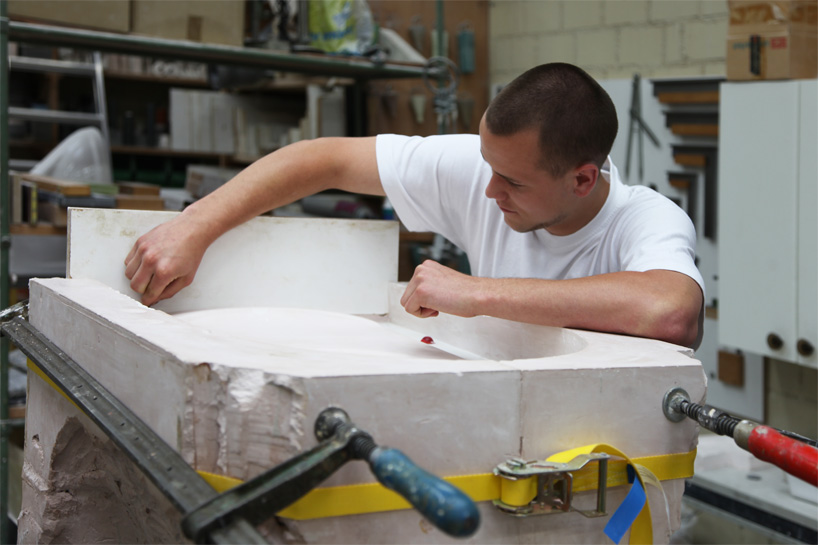 closer view as jannik stöckli, an industrial ceramics apprentice, sands down a cast to meet technical specificationsimage © designboom
closer view as jannik stöckli, an industrial ceramics apprentice, sands down a cast to meet technical specificationsimage © designboom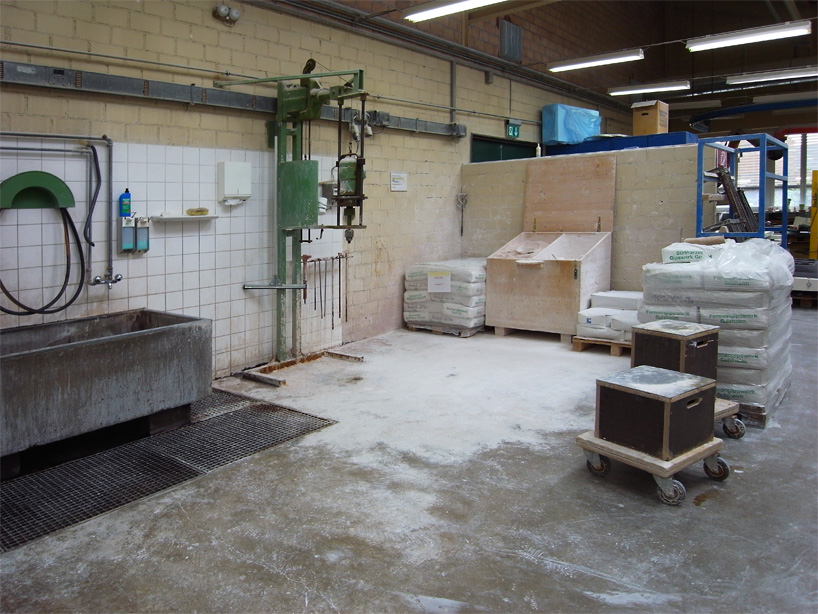 raw materials used in the creation of ceramic are also housed in the development and prototyping workspaceimage © designboom
raw materials used in the creation of ceramic are also housed in the development and prototyping workspaceimage © designboom

